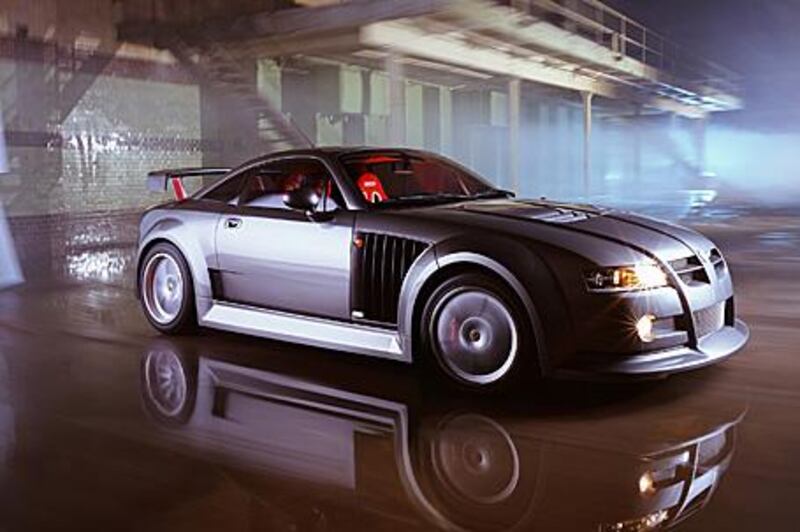In May, 2000 the Phoenix Four, a consortium of over-optimistic businessmen with grand designs on the British car industry, swept through the MG-Rover factory gates to announce they had bought the ailing manufacturer for little more than the cost of a greasy fish supper for two from the local chip shop. The details of the deal certainly appeared favourable for the Phoenix Four, or so it seemed. They had purchased MG Rover and all its assets from BMW, the company's previous owners, for just £10 (Dh60).
BMW were so keen to get shot of the "English patient" they also wiped out MG-Rover's huge existing debts, made available a huge dollop of working capital to the new owners and threw in an inventory of thousands of unsold cars as well. All the Phoenix Four had to do was develop a few new products, sell a few old ones and the cash would start rolling in. Sounds too good to be true, doesn't it? It was. MG Rover's brave new world fell apart less than five years later amid a trail of broken promises, bad debts and, a little while later, government inquiries. But not before MG, hitherto best known for building the type of cheap, uncomplicated little sport cars favoured by middle-aged men crossing the void between youthful cool and that crisis of confidence that so often characterises mid-life, decided to start a supercar scrap with Ferrari, Porsche, Aston Martin et al.
Incredibly, part of the Phoenix Four's strategy was to scoop up the remnants of a failed Italian supercar project for £10 million (Dh60m), before giving it a new look and putting the rather prosaic octagonal badge of the famous old Morris Garages marque on the bonnet. The former De Tomaso Bigua or Qvale Mangusta, as it had been variously called before the Brits picked up the baton, was introduced as the MG XPower SV to a perplexed public late in 2002.
The business plan anticipated legions of hungry punters chomping at the bit to buy this new brute. MG waxed lyrical about the car's aggressive beauty and its performance figures; the 4.6L V8 delivered 320hp and thrust the car towards a top speed of 285kph. Unfortunately, the only figure that mattered was the stratospheric base price of £65,000 (Dh375,000), rising to £83,000 (Dh480,000) for the uprated SV-R. It was simply too much for too little. This pitched the car in direct competition against the infinitely more polished 911. Except Porsches didn't break down in the wet or come with an interior that looked like it belonged in a kit-car rather than a supercar.
Not surprisingly, orders arrived at a trickle rather than the hoped for torrent. In fact, by the time the administrators came knocking at the factory gates in May 2005 to tell the Phoenix Four that the party was over, fewer than 90 examples of the XPower SV had been built. But the story doesn't end there. Supercars, even failed ones, make ordinary men do extraordinary things. Enter William Riley, who bought up the rights to manufacture the SV using the MG name when the accountants were picking over the carcass of the downed marque. He claimed to be a blood relative of the famous Riley car making family, although at least one member of that brood disputed his claim. Nevertheless, he bullishly talked up the future of the now renamed XPower WRSV, but the reborn project stalled last year amid employment tribunals and trademark disputes without a single new car being completed.
Somehow, this flawed supercar was never quite quick enough to get away from trouble. nmarch@thenational.ae







